

Bias tape is a great way to add a professional flair to a project without too much effort and a minimal investment. Bias tape is generally made by cutting strips from a piece of fabric at a 45-degree angle and them folding them to wrap around a raw fabric edge. By stitching the bias tape into place, you get a finished, professional effect for your garments.
Some people make their own bias tape, but using a ready-made version is the easiest way to go about it. If you’re wondering how to use bias tape, you should start by learning more about what bias tape is and how you can sew it for different projects.
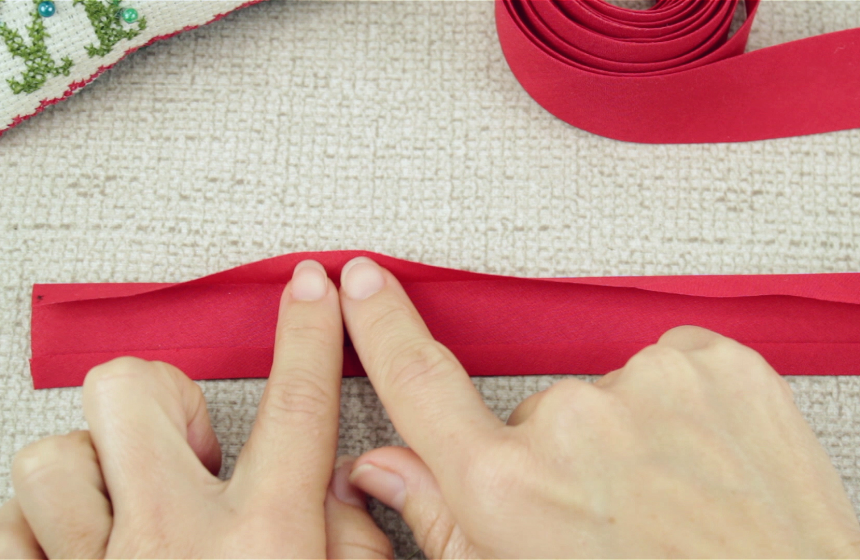
There are two main ways to sew bias tape: single fold and double fold. Single fold offers a simple edge finish and is typically used around clothing necklines and armholes. Double fold is often used for quilting, necklines, and decorative finishes and makes the finished product look neat and professional.
Single fold bias tape is typically used around highly curved areas, so the first step is to press it into a curve. Next, open up one side and pin it to the raw edge of the fabric. When you get back to the point where you started pinning, overlap the ends by ½ inch and stitch along the fold.
Double fold bias tape is cut on the diagonal and pressed along its length in quarters. You can use it to finish a raw edge or for decorative purposes. To sew a double fold bias tape, open the tape and then pin the raw edge and the fabric together, paying attention that the sides are right. You can this with the help of a sewing machine or by hand.
Next, push the allowance from the fabric seam inside the tape, cover it, and pin with the rest of the tape. Make sure the edge that isn’t sewn yet covers any of the stitches under it. Now you can sew the bias cover, ensuring that you do so at least 1/8 away from the border.
Bias tape has lots of uses, ranging from seam finishes and button loops to high-contrast decorative elements. You can use it for just about any project you make with a sewing machine that has raw edges which would look better with a bit of finishing.
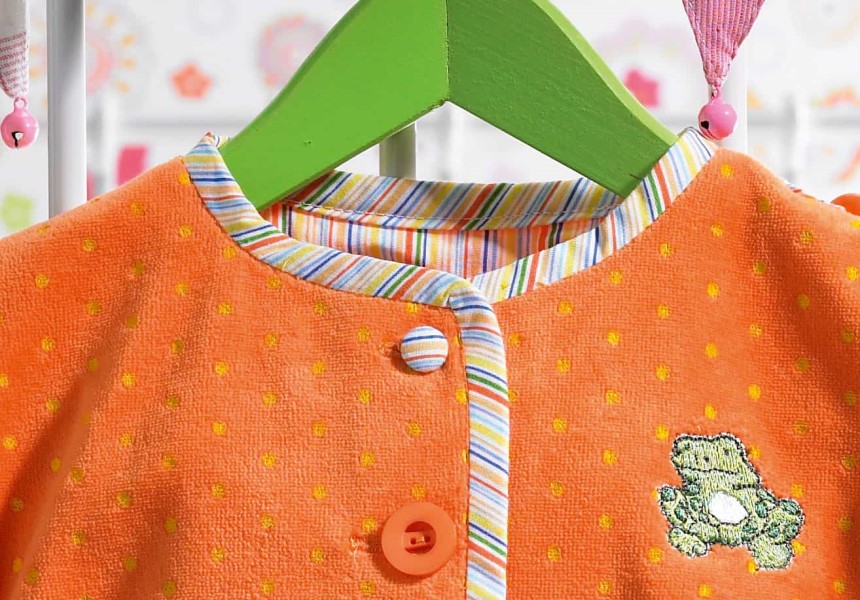
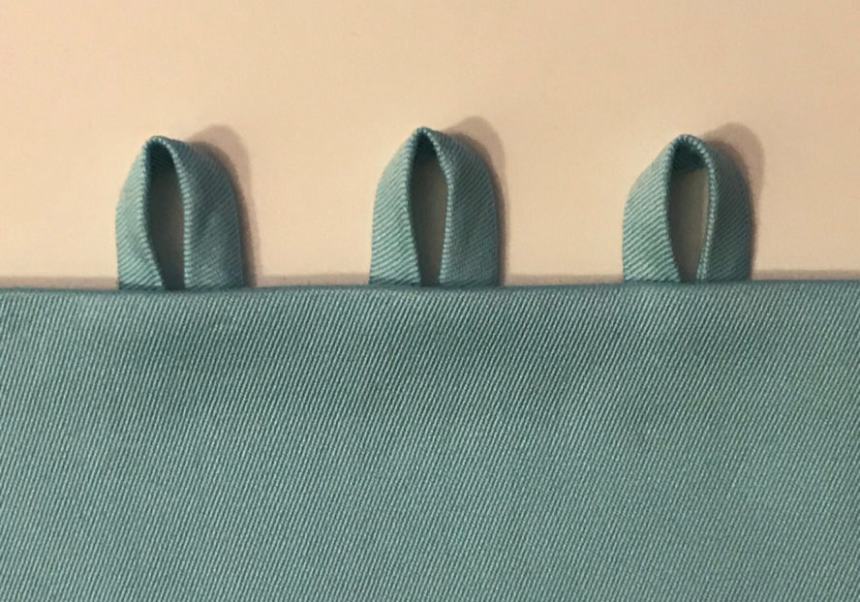
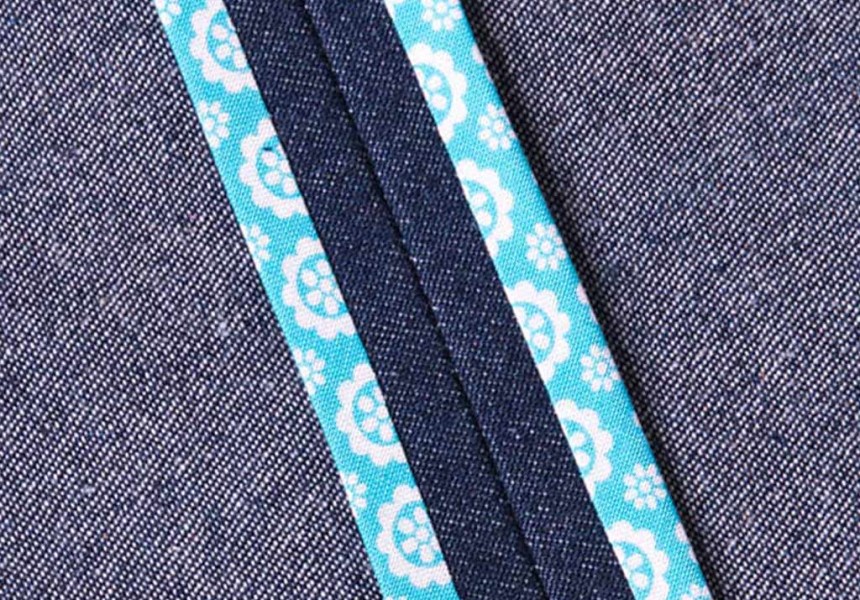

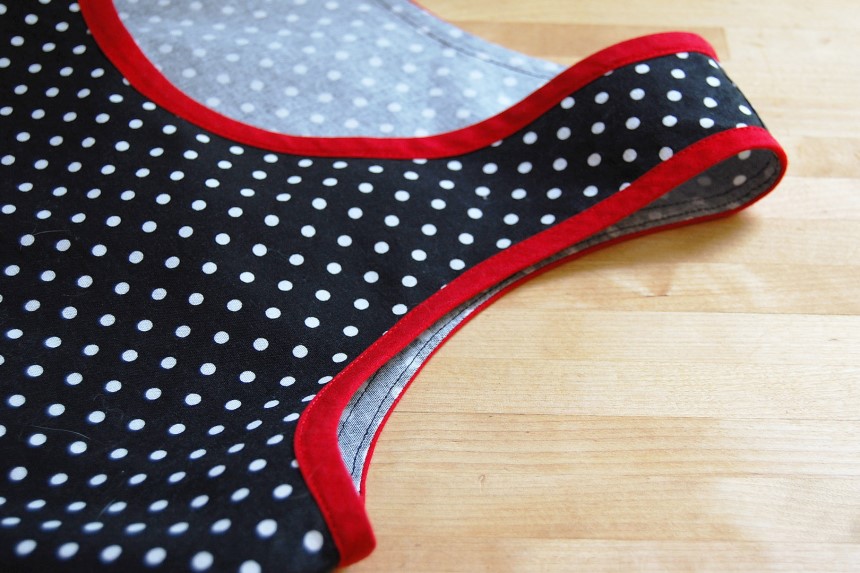
Bias tape has numerous uses not just when it comes to garments, but for decorating various types of soft furnishings, too. Learning how to use bias tape opens up a world of possibilities and the best news is that you don’t need any special equipment to sew bias tape. This is the perfect way to add a decorative finish on curved edges, as well as in a multitude of sewing and quilting projects. You can use contrasting or matching fabric to achieve the results you want on your favorite garments.